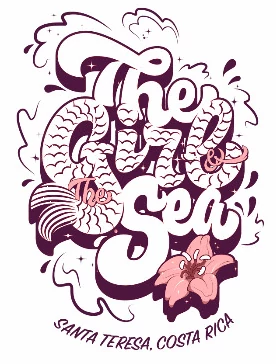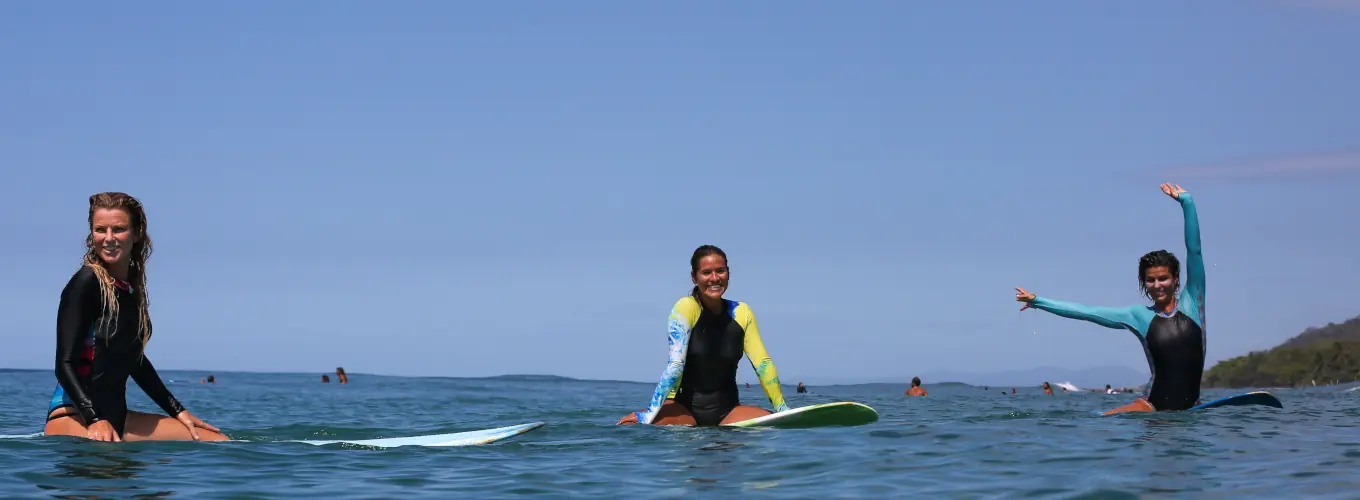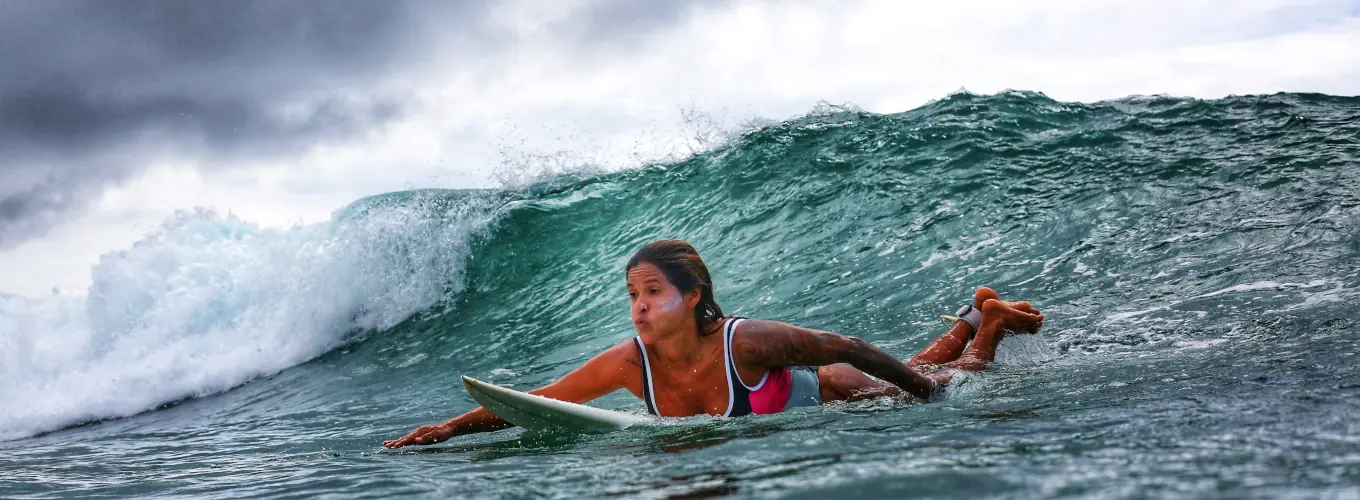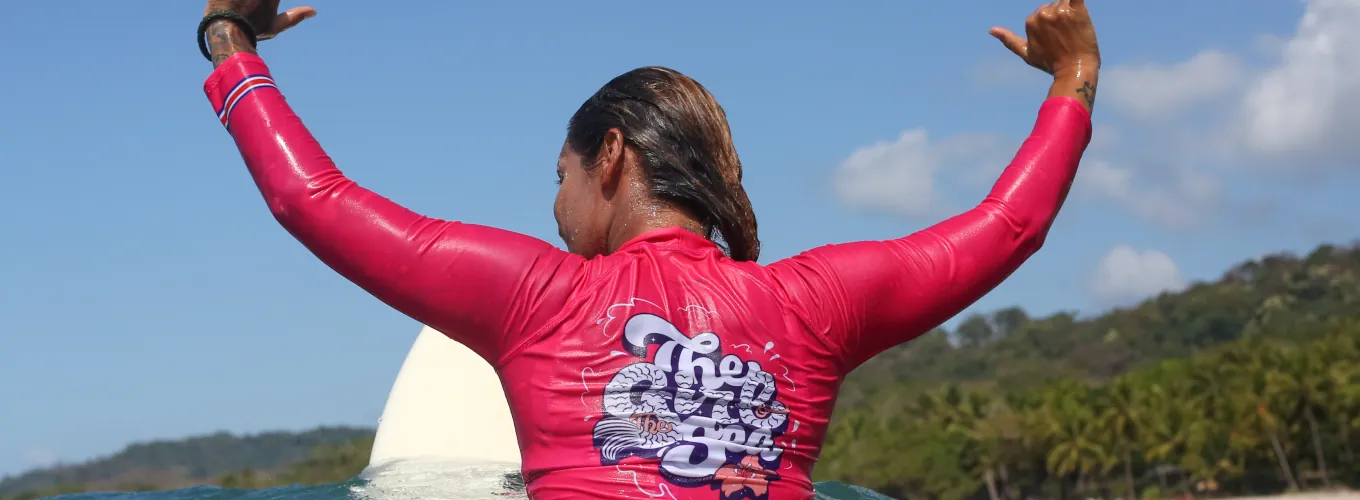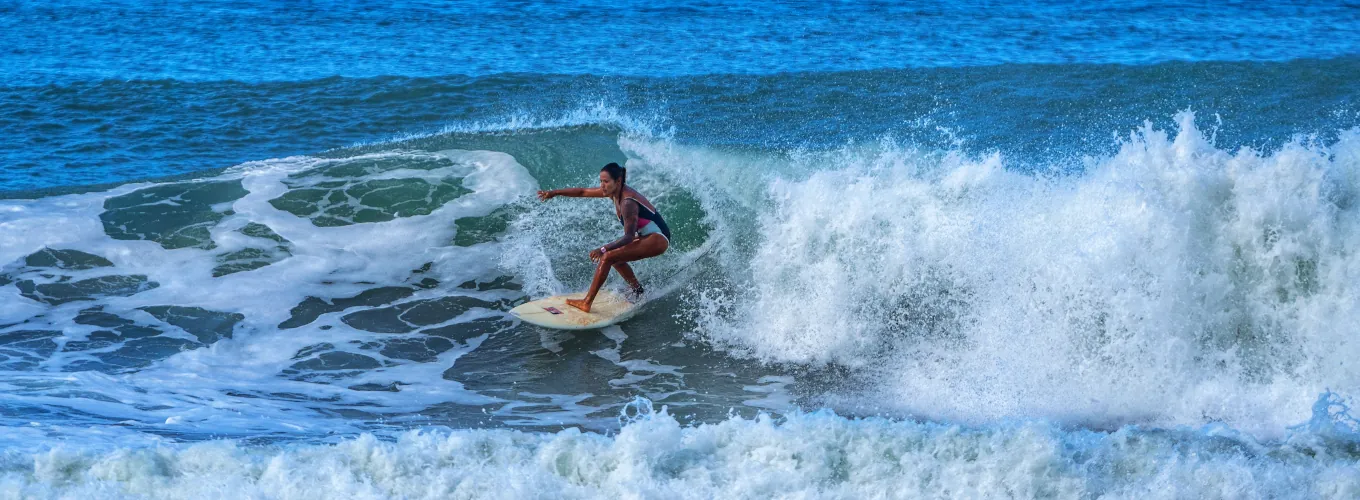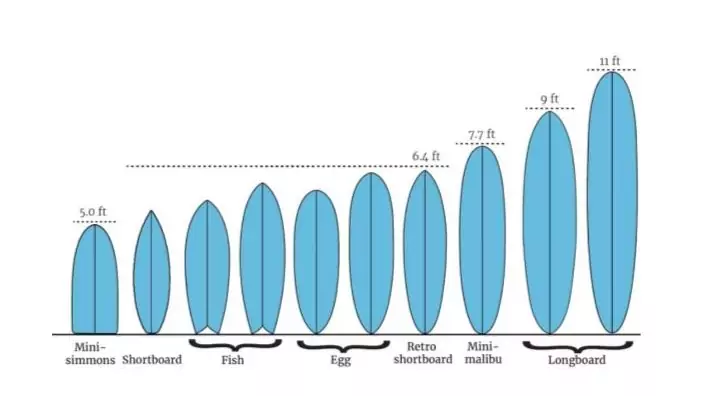Frequently Asked Questions
We prepare this “question and answer” session with the common doubts among the surf newcomers. Time, clothes, places, and surfboards, we wanted to cover these issues with concise explanations. We hope this section could help surf beginners in their first steps in the amazing microcosm of the surf.
What is the best beach to surf?
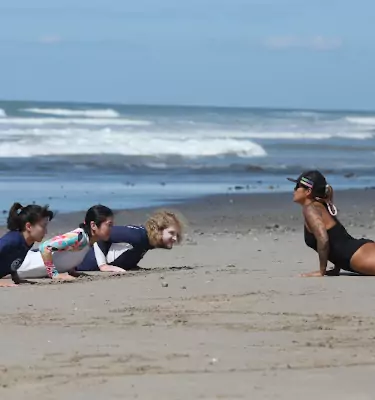
There are three beach breaks in town:
Playa Carmen, Santa Teresa, and Playa Hermosa. All three are perfect for surfing, always considering the ocean conditions, your surfing skill level, and most important safety rules and surf etiquette!!!
Playa Carmen is famously known for being a spot suitable for beginners, the waves are long mellow and soft, and easy to read. Excellent for beginners and intermediate surfers.
Playa Santa Teresa on the contrary is renowned for the quality of its tubular and fast waves, more suitable for more advanced surfers.
The beautiful Playa Hermosa is famous for its beauty and for offering waves and conditions within everyone’s reach, beginners, and pros.
What should I wear for a surf lesson?
When it comes to sports activities in water and outdoors, the important thing is to be protected from the sun always use excellent sunscreen several times a day, wear tight clothes, and feel comfortable with something that follows the shapes of our body and feels like a glove.
And do not forget to stay hydrated!!
Girls for more tips check out The Girl & The Sea Beach Wear.
When is the best time to surf?
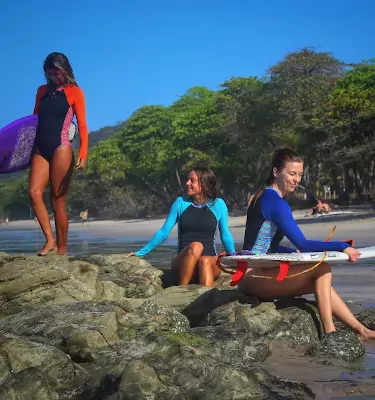
If you are a beginner Surfer and you need to practice in the white water, the best time is the Low Tide.
We invite you to pay attention to the weather conditions and low tide coefficients, to be sure you can surf safely.
Respect warning signs and surf etiquette and when in doubt ask local surfers for on-site information before you enter the water! We are Pura Vida.
Here is the Tide monthly calendar if you want to check out the tides for the next months. We share them with you.
April 2023
El-Carmen-Surf-Forecast-and-Surf-Report-julioWhat are the differences between shortboard and longboard?
Shortboard:
These are performing boards with rather small dimensions, which can reach up to 6.8 ft, just over 2 meters. The main advantages of the shortboards are the maneuverability and the great speed with which you can perform maneuvers. On the other hand, having a more modest buoyancy, they are more difficult at the start and less suitable as a board for beginners.
In recent years the shortboard is evolving into other declinations. These are models that seek a compromise between advantages and disadvantages.
This type of shape is called Hybrid, the synthesis, and fusion between the classic lines and the bulkiness of retro boards (fish, nugget, Simmons) with the reactivity and agility of a short. Thanks to their versatility they adapt to both the smallest summer waves and winter water sides. Thanks to the flat shape of the rocker (the curvature of the bow), the hybrid boards are very stable. All the advantages gained in rowing and starting for this kind of board.
The most common and well-known categories are Shortboard and Longboard, but the universe of boards is much wider! Knowing the various distinctions and understanding the style that each of them offers is important to be able to choose the right surfboard.
Appearance:
It appears in the lineups of the leading world commercials during the 70s; A revolution in surfing performance and the key that opened the door to radical surfing.
The main features are the contained length (maximum 7 feet), more accentuated rockers, sharp and thin rails, and noses, all to offer improved maneuverability and control. Another must for shortboards is definitely the setup of the fins ranging from three to four depending on the board and the feeling that the surfer prefers.
Longboard:
We can think of longboards as an evolution of ‘primitive’ surfboards, which were huge and heavy wooden boards. These boards can reach up to 11 ft, over three meters in length. The main advantage is the ease and fluency with which they are used. On the other hand, however, longboards by their nature offer less maneuverability than shortboards and a completely different style of surfing. Even this type of shape over the years has had its evolutions, from the longboard have been derived the funboard, the Malibu, and the mini Malibu.
As most surfers know, surfboards can be distinguished and categorized into large macro categories or according to the basic shape and surfing style it offers. Obviously speaking of surf and shape there are no fixed rules. In fact, modern fluid dynamics and shaper research often go to innovative details and materials for the creation and production of boards.
Appearance:
The oldest shape of modern surfing: a true surfboard classic! As the name suggests it is a longboard, ranging from 8 to 12 feet, at least 20 inches wide and 2.5 inches thick.
All these features increase the volume and therefore the buoyancy and make the longboard with easy rowing and easy take-off.
Highly recommended as a board for a surf beginner, it is ideal for learning technique, rowing, and an excellent base for learning to curve. The most experienced longboarders are able to express an elegant and fluid style that amazes and enchants.
